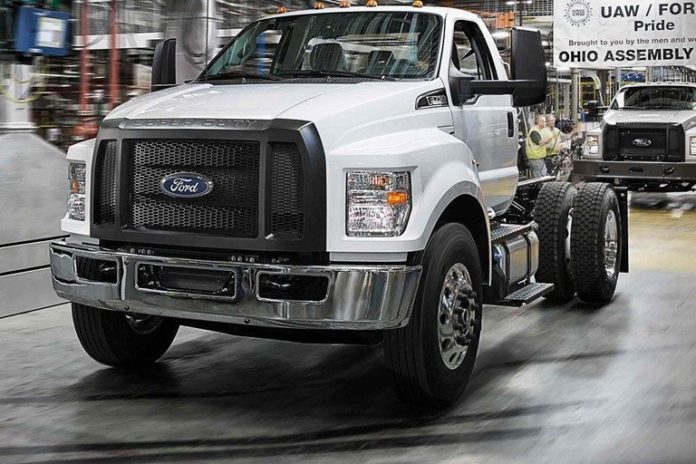
With the announcement of the closure of five plants by GM this week, it was hard to miss that the plants chosen for shutdown are the ones producing sedans: the Chevy Impala and the Cruze. Announcements by other automakers, notably Ford (which is discontinuing its Focus, Fiesta, Fusion, Taurus and C-MAX models) that they’re cutting production of sedans would lead you believe that sedans are no longer wanted. Indeed, sales figures reflect that consumers are buying fewer sedans. But why don’t consumers want sedans? Do they really need bigger, more expensive vehicles? Or have they been marketed to with messages about trucks, SUVs and crossovers so intensively that they now believe they want larger vehicles?
“You know, carmakers always say they build what people want. But they never mention the fact that they spend billions to tell them what they want,” Dan Neil, an automotive columnist for the Wall Street Journal, told Marketplace earlier this year. “It wasn’t just that consumers spontaneously desired a truck that was as big as a house. No, that was a gradual process.”
It helps that gas prices are coming down (for the moment). But it’s worth mentioning that larger vehicles mean larger profits for auto makers, and American consumers are increasingly feeling the pinch of an uneven economy in which most gains have gone into the pockets of the highest earners, and interest rates are on the rise. Car makers, it’s clear, enjoy the larger profits that come with SUVs and trucks.
“I can tell you right now that both the Chrysler 200 and the Dodge Dart, as great products as they were, were the least financially rewarding enterprises that we’ve carried out inside FCA in the last eight years,” Fiat Chrysler CEO Sergio Marchionne said at a press conference last year. “I don’t know one investment that was as bad as these two were.”
While the automakers go big, there’s evidence that fewer Americans can afford to buy a new car. A report conducted last year by Bankrate.com found the only part of the U.S. truly able to afford a new car on the median household income is Washington, DC. (where the average annual household income is $100,000).
The boom in used vehicle sales is another indicator that new vehicles are increasingly out of reach for most Americans. The Wall Street Journal reported that demand for used cars was unusually strong this summer and is expected to remain at elevated levels as higher interest rates and rising prices on new cars continue to stretch consumers’ budgets to the breaking point.












